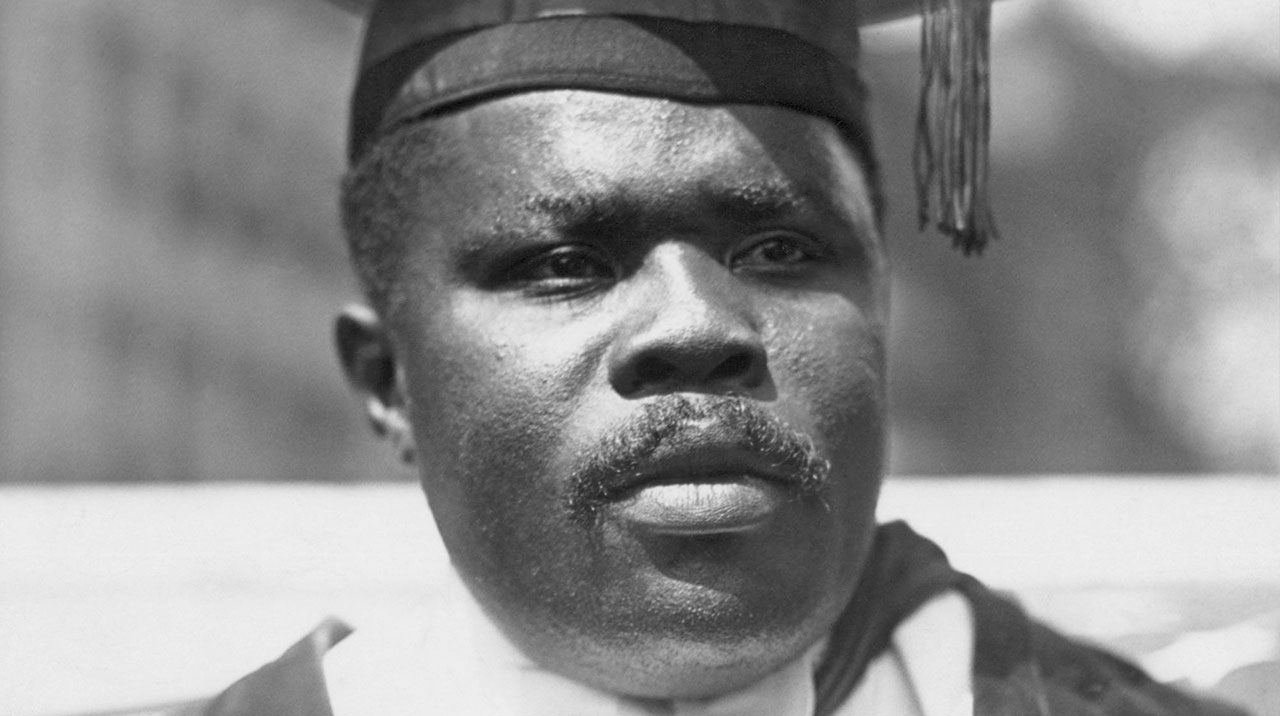Note: Fed a title and historical facts to GPT and what you read below is the result. It does not necessarily reflect the view of 18 Karat Reggae.
The portrayal of Jesus Christ has captivated hearts and minds for centuries, serving as a central figure in religious narratives and cultural imagery worldwide. Yet, beneath the reverence and adoration lies a persistent question: What did Jesus truly look like? While traditional representations have depicted Jesus as a pale-skinned, blue-eyed figure, a growing body of scholarship and cultural discourse suggests that Jesus may have been a person of color. In this comprehensive exploration, we delve into the multifaceted dimensions of Jesus’ ethnicity, examining historical evidence, theological implications, and the intersection with contemporary sociopolitical movements like MAGA (Make America Great Again).
To understand Jesus’ likely ethnicity, we must embark on a journey through history and archaeology, piecing together fragments of evidence to construct a more nuanced portrait. While the New Testament provides limited descriptions of Jesus’ physical appearance, scholars draw upon the socio-cultural context of first-century Palestine to glean insights. From ancient texts to archaeological findings, the evidence points to Jesus likely having features characteristic of individuals from the Middle East or North Africa—a revelation that challenges prevailing Eurocentric portrayals and underscores the diversity of the ancient Mediterranean world.
The question of Jesus’ ethnicity carries profound theological implications, shaping interpretations of Christian doctrine and identity. At the heart of Christian theology lies the belief in Jesus as the embodiment of divine love and redemption, transcending human categorizations of race and ethnicity. However, the longstanding depiction of Jesus as a white, European figure has often been intertwined with notions of cultural superiority and dominance. Reimagining Jesus as a person of color disrupts these entrenched narratives, prompting critical reflection on the inclusivity and diversity of Christian theology and challenging believers to confront the biases embedded within their religious imagery.
The Eurocentric portrayal of Jesus has reverberated throughout history, shaping social and cultural dynamics and perpetuating racial hierarchies. From colonial conquests to modern-day nationalism, the image of a white Jesus has been wielded as a tool of power and oppression, reinforcing systems of dominance and marginalization. In contemporary society, movements like MAGA have capitalized on this imagery, leveraging a white Jesus to advance nationalist agendas and exclusionary ideologies. However, grassroots efforts seek to challenge these narratives, promoting representations of Jesus that reflect the diversity of human experiences and identities and fostering greater inclusivity within religious spaces.
In recent years, there has been a burgeoning movement to authentically represent Jesus’ ethnicity in cultural and religious contexts. Artists, theologians, and activists are actively engaged in reimagining depictions of Jesus, drawing inspiration from diverse cultural traditions and historical insights. From Afrocentric interpretations to Indigenous portrayals, these efforts aim to reclaim Jesus’ identity from the confines of Eurocentric hegemony, fostering greater inclusivity and empathy within religious communities and challenging entrenched stereotypes perpetuated by mainstream religious imagery.
The intersection of Jesus’ ethnicity with contemporary political movements, such as MAGA, underscores the complex relationship between religion, politics, and identity. While some within the MAGA movement perpetuate narratives of a white, Americanized Jesus to further nationalist agendas and reinforce systems of dominance, others within the movement advocate for a more inclusive portrayal that reflects the diversity of American society. This tension highlights the broader socio-political implications of reimagining Jesus’ ethnicity and its potential to challenge entrenched power structures and foster greater social cohesion and solidarity across cultural and religious divides.
As we navigate the complexities of Jesus’ ethnicity, it is essential to engage critically with historical evidence, theological frameworks, and contemporary sociopolitical dynamics. Embracing diverse representations of Jesus fosters inclusivity, challenges systems of oppression, and promotes a more compassionate and equitable world. Ultimately, the reimagining of Jesus’ ethnicity invites us to confront our assumptions and biases, fostering greater empathy and understanding across cultural and religious divides and illuminating the transformative power of inclusive representations in shaping our collective imagination and vision for a more just and equitable society.




